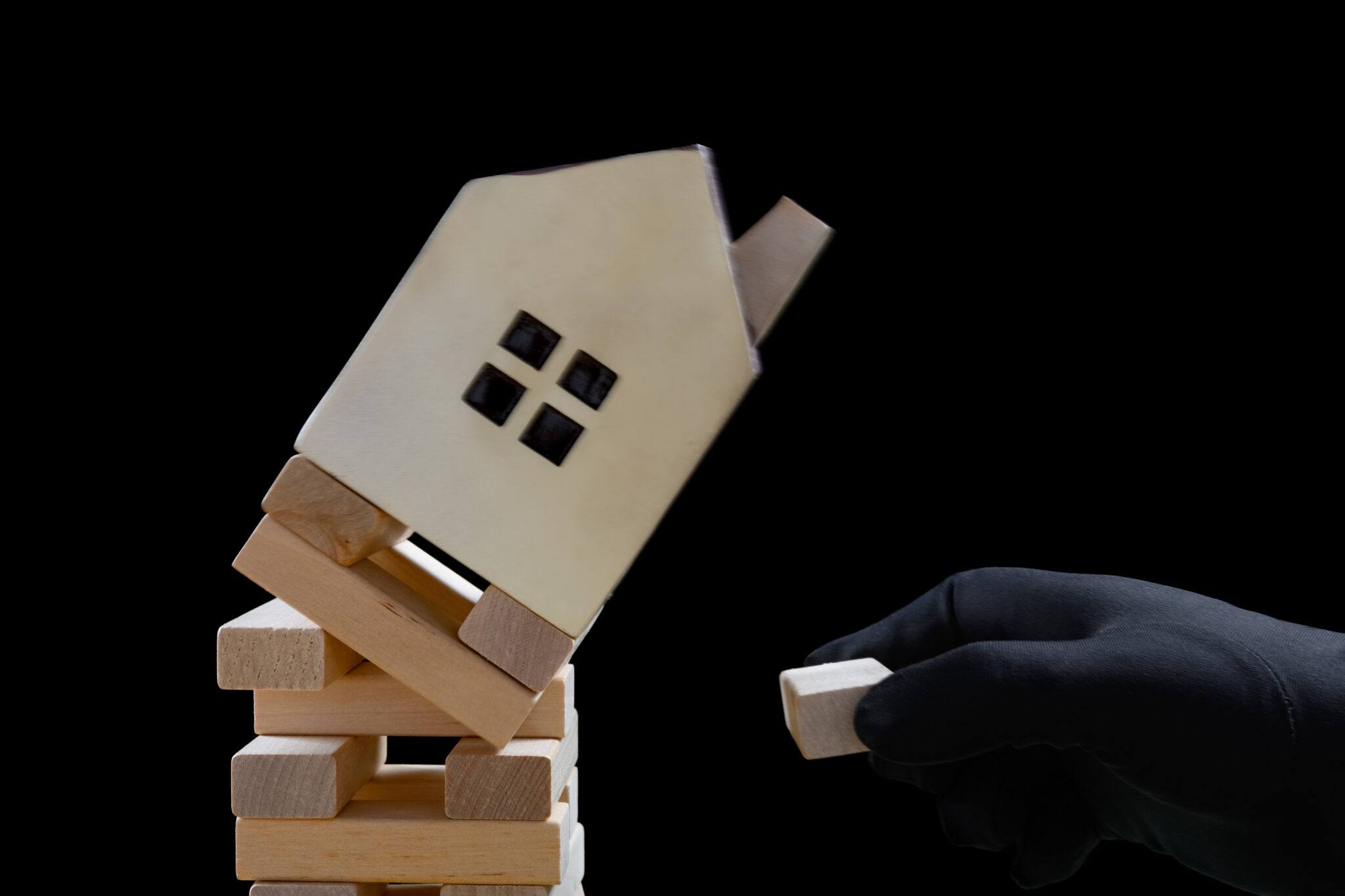 While the U.S. homeownership rate has continually increased during the last decade – to 65.5% in 2021 (from 64.7% in 2011) – the Black homeownership rate has not kept pace with increases of other racial groups, according to a report released by the National Association of Realtors [1]. Data also revealed people of color endure significant homebuying challenges throughout and even after their home purchase.
While the U.S. homeownership rate has continually increased during the last decade – to 65.5% in 2021 (from 64.7% in 2011) – the Black homeownership rate has not kept pace with increases of other racial groups, according to a report released by the National Association of Realtors [1]. Data also revealed people of color endure significant homebuying challenges throughout and even after their home purchase.
The 2023 Snapshot of Race and Home Buying in America [2] examines homeownership trends and challenges by race and location to explain the current racial disparities in the housing market. Leveraging NAR’s latest Profile of Home Buyers and Sellers [3] data, the report explores the characteristics of who purchases homes, why they purchase, what they purchase and the financial background of buyers by race.
Key Highlights:
- While the U.S. homeownership rate increased to 65.5% in 2021, the rate among Black Americans lags significantly (44%), has only increased 0.4% in the last 10 years and is nearly 29 percentage points less than White Americans (72.7%), representing the largest Black-White homeownership rate gap in a decade.
- Asian and Hispanic Americans experienced the biggest homeownership rate gains over the last decade. Asian American households rose nearly 5 percentage points, driving the rate to an all-time high (62.8%). Hispanic American households increased by more than 4 percentage points to 50.6%.
- Black homeowners and renters are more cost-burdened than any other racial group. Less than 10% of Black renters can afford to buy the typical home.
Homeownership Trends
The report found there were about 9.2 million more homeowners in 2021 than a decade prior, but homeownership rates varied significantly by race. The Black American homeownership rate – 44% – increased less than half of 1 percentage point (43.6% in 2011) and continues to lag well behind Hispanic Americans (50.6%), Asian Americans (62.8%) and White Americans (72.7%). Consequently, the homeownership gap between Black Americans and any other racial group has grown, especially when compared to White households (29%), representing the largest homeownership gap in 10 years (26% in 2011).
Conversely, Asian Americans (5 percentage points) and Hispanic Americans (4 percentage points) experienced the biggest homeownership rate gains over the last decade. The Asian American homeownership rate of 62.8% is an all-time high. White American homeownership grew by nearly 3 percentage points and has been consistently around 70% since 2017.
“Unfortunately, the incredible affordability challenges of the last year have hit minority home buyers more than White buyers,” said Jessica Lautz, NAR deputy chief economist and vice president of research. “Black buyers are more likely to be first-time buyers, who are more sensitive to changes in mortgage interest rates, while White buyers are more likely to have housing equity to rely on as they make a housing trade.”
Racial Inequalities in Housing Affordability
Black homeowners spend more of their income to own their homes than all racial groups, with 30% being cost-burdened – defined as spending more than 30% of their income on housing. That’s followed by Hispanic Americans (28%), Asian Americans (26%) and White Americans (21%).
More than half of Black renter households (54%) spend more than 30% of their income on rent, the most of any racial group. About 30% of Black renters are severely cost-burdened – defined as spending more than 50% of their income on rent – representing nearly 2.5 million households. By contrast, 22% of White renters are severely cost-burdened, representing 5.1 million households.
After comparing the qualifying income to purchase the typical home with the median income of renter households, NAR estimates that while 17% of White renters can afford to buy the median-priced home, only 9% of Black renters can nationwide.
“Even among successful home buyers, Black Americans have lower household incomes, which narrows the available pool of inventory they may be able to afford and makes their journey into homeownership even more difficult in this limited housing inventory environment,” Lautz added.
Racial Disparities in the Mortgage Market
Beyond affordability, Black and Hispanic home buyers also face extra challenges in getting a mortgage. Black Americans have the highest denial rates for purchase and refinance loans. According to Home Mortgage Disclosure Act data, 20% of Black and 15% of Hispanic loan applicants were denied mortgages, compared with about 11% of White and 10% of Asian applicants. Further, denial rates for Black Americans are even higher for home improvement loans. Black Americans were denied applications for nearly 17% of loans for a home purchase, 17% of loans for refinancing and 51% of loans for home improvement.
Homebuyer Demographics by Race/Ethnicity
Using data from its latest Profile of Home Buyers and Sellers report, NAR analyzed the characteristics of recent home buyers, their reasons for purchasing, the steps they took in the homebuying process, and the ways buyers financed their home purchase based on race. Among all home buyers, White Americans made up the largest share (88%), followed by Hispanic Americans (8%), Black Americans (3%), Asian Americans (2%) and other (3%).
For down payments, Black Americans drew down 401(k)/pension funds more than any other group (16%), which increased 2 percentage points from last year (14%). Asian Americans received gifts (22%) and loans (7%) from a relative or friend more than all other racial groups.
Hispanic Americans had the largest share of student loan debt (46%), followed by Black Americans (33%), White Americans (17%) and Asian Americans (13%).
Discrimination in Transactions
In addition to being asked about their recent homebuying experience, home buyers were asked if they had experienced or witnessed discrimination during their real estate transaction. Half of Hispanic American home buyers said they experienced steering toward or away from specific neighborhoods, followed by 29% of White, 12% of Black and less than 1% of Asian American home buyers. Forty-six percent of Hispanic American home buyers experienced discrimination by the refusal of a homeowner or agent to show property, followed by 24% of Black, 15% of White and less than 1% of Asian Americans. Thirty-nine percent of Black American home buyers reported discrimination through home appraisal, followed by 17% of Asian, 9% of White and less than 1% of Hispanic Americans.
To read the full report, including more data and methodology, click here [1].
